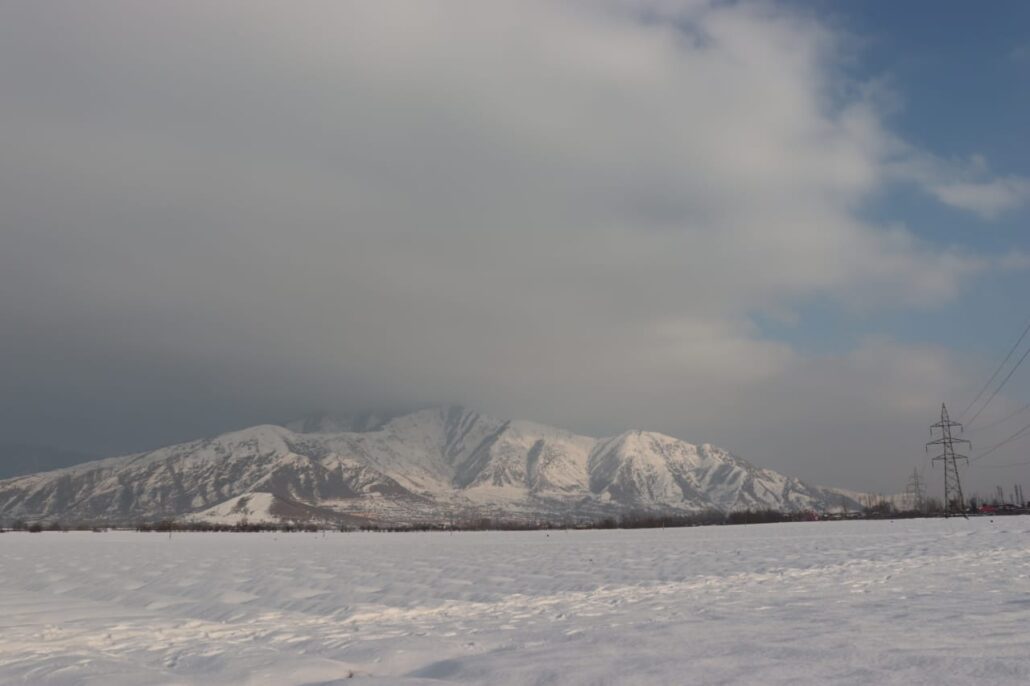
A team of scientists combined data from various space missions in a study published yesterday in the journal Nature, determining that glaciers in the Hindu Kush-Karakoram-Himalaya (HKKH) region lost 12 billion tonnes per year from 2003 to 2009, a rate much higher than that suggested in previous studies.
The HKKH is a series of mountain ranges in Asia that span over 2,000 kilometres and contain 60,000 square kilometres of glaciers and perennial ice in a wide range of climates. These ice masses respond to changes in the environment in a complex fashion, making it challenging to study their evolution on a regional basis.
Satellite data is a useful approach for monitoring glacier evolution on a regional basis, and it has allowed the first estimate of ice mass in the HKKH region to be made.
Glacier thinning in Jammu Kashmir has reached 0.66m per year, while rates were 10 times slower in the Karakoram region. On a worldwide scale, the melting of this region contributes about 1% to the rise in sea level, accounting for 3-4 percent of the overall contribution of all the planet’s glaciers and polar caps.
On average, the HKKH glaciers lost 0.26 m per year, with large variations on a subregional scale depending on the different climatic and glaciological parameters.
The displacement of these glaciers has a direct effect on the nearby basins of the Indus and Ganges rivers, of great importance for the lower, densely populated regions.
The melting of glaciers accounts for between 2% and 3.5% of the total discharge to these great rivers, a contribution that increases to touch 10% in the upper Indus basin.




